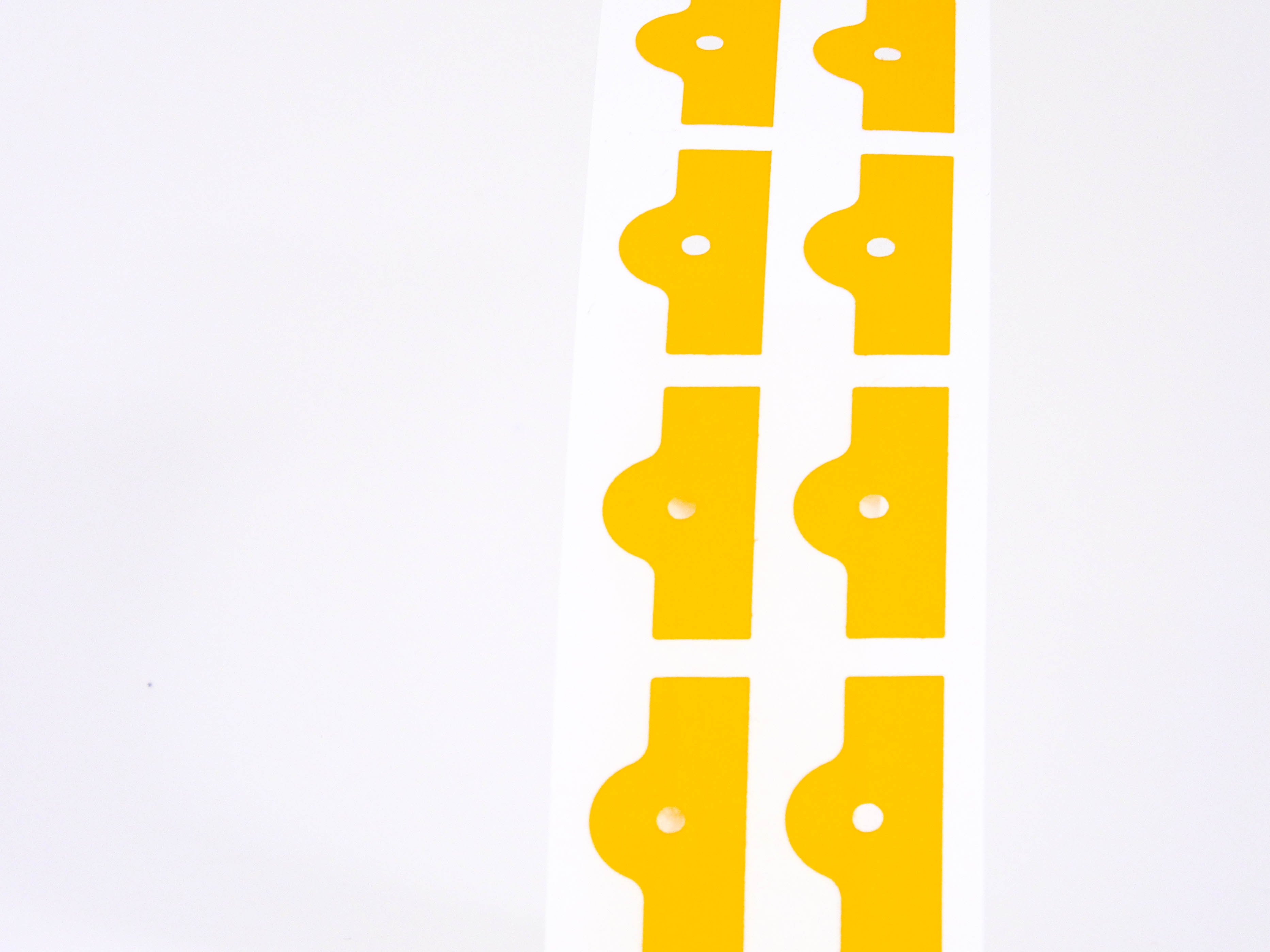How to Manage Heat in Your Electronic Device
Written by Casey Cephas

It may be the beginning of a long, cold winter here at our Buffalo headquarters, but we know that heat is always on the minds of our customers. Excessive heat inside an electronic device can be a designer's worst nightmare. In this article, we'll cover how to incorporate better thermal management into your design.
Importance of heat management in electronics product design.
As electronic devices become smaller and more powerful, the need for heat management is more important than ever. Thermal management is the process of absorbing or directing heat away from internal components. If the temperature is too high or sensitive parts are compromised, the device will eventually malfunction.
As has been seen in recent years from Samsung, Boeing, and Tesla, thermal runaway in electronics can have negative business consequences, not to mention create potentially dangerous situations for consumers. But this isn’t an issue only for jet airliners and smartphones powered by Lithium-ion batteries – thermal management is necessary during the design of all types of electronics, including:
- Computers, tablets, and mobile devices
- Wearable devices
- IC packages
- Power transistors
- LED lights
- Automotive batteries
- Military electronics
What to consider in a thermal management product.
The good news for electronic device designers and manufacturers is there are numerous products and approaches for thermal management. When selecting an appropriate product for your device, here are a few factors to consider.
- Thermal conductivity – How effectively does it transfer heat away from components?
- Efficiency – Will the product do its job without affecting the form, fit, or function of the device?
- Conformability – How flexible is the material to accurately place within the device to ensure maximum effectiveness?
- Dielectric strength – How reliable will the material perform without electrical interference or breakdown in insulating properties
- Cost-effectiveness – How does the product fit into your budget?
Types of thermal management solutions
There are different categories of thermal management, each suited for different needs and applications.
| Material | Features & Benefits | Applications |
| Interface Tapes |
Thin, highly conformable Quick, easy application with high adhesion Good dielectric strength Excellent thermal conductivity |
Bonding heat sinks Heat spreaders and other cooling devices to IC packages Power transistors and other heat-generating components |
| Interface Pads |
Available in silicone and acrylic Soft and comfortable Can be die-cut to fit custom applications High thermal conductivity Excellent dielectric strength UL listed |
LEDs Automotive batteries Notebook thermal modules |
Converting for thermal management.
Once you’ve identified the right thermal management solution, you need to customize the material to fit your application. At Tapecon, we’re here to use our converting capabilities and materials expertise to solve your thermal management challenges. We offer technical feasibility assessment, prototyping, and testing to make sure you have the optimal solution to keep your electronic device cool and working at peak performance.
Get started with electronics materials.
At Tapecon, we have over 100 years of experience helping customers solve their complex product challenges. Learn more about electronics materials applications.
